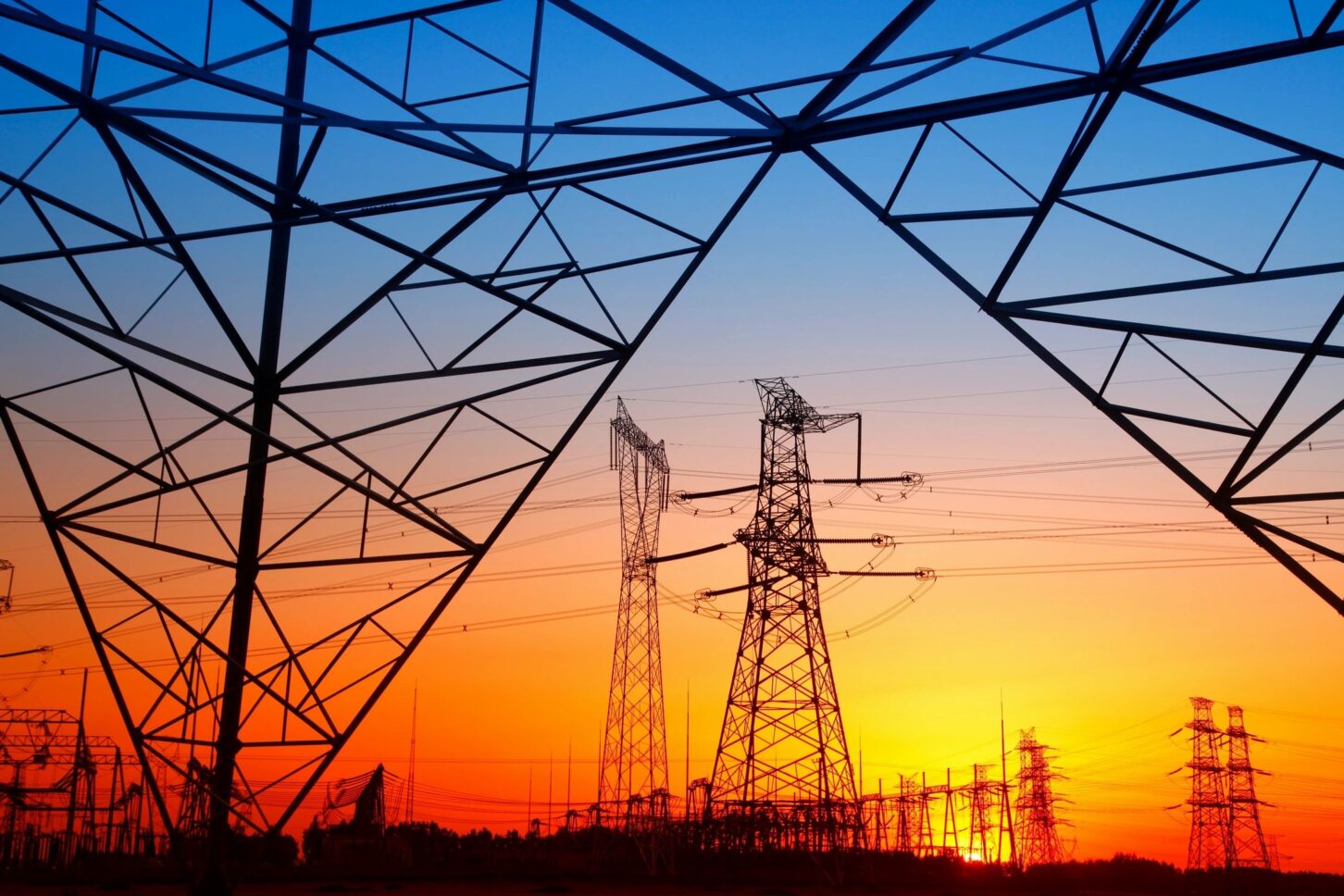
Millions of residents in Texas struggled to cope without electricity in homes and businesses this past week as an Arctic blast led to widespread power blackouts across the state. The finger-pointing began even before power was restored.
Blame alternated among renewables, infrastructure shortfalls, lack of preparedness, and Texas’ independent streak that led it to create a power grid separate from the rest of the nation.
Could such a deadly disaster take place in Georgia, another Southern state with its own, unique challenges in extreme weather?
First, it’s worth pointing out that Texas experienced the coldest weather in decades. It was an extraordinary event. The energy industry anticipates and accommodates averages (and “average” extremes), not once-in-decades anomalies when it comes to generation capacity.
A TechCrunch article that blamed infrastructure suggested “Some climate-focused technologies could help solve the problem,” arguing for more renewable energy and storage. Storing electricity to the extent Texas needed it is impossibly expensive and, for now, technologically impossible.
That said, renewable energy failed to deliver. Wind energy generally provides nearly one quarter of Texas’ energy. And wind turbines froze. Those frozen turbines accounted for only 13% of the energy shutdown, yet 13% could have been the difference between keeping the lights on or freezing to death.
The independent grid in Texas also played a role. On February 15, the Electric Reliability Council of Texas (ERCOT) announced it had “entered emergency conditions and initiated rotating outages.” Largely unable to bring in power from outside its borders, the Texas grid shed 10.5 gigawatts of load during the rolling blackouts, enough to power 2 million homes. As of Thursday, outages still affected 40,000 megawatts (MW) of generation, 23,500 MW of it thermal generation and the rest wind and solar.
ERCOT, which manages more than 26 million Texas customers – 90% of the state’s electric load – appears to have fallen down on the job. First, ERCOT should have ensured the state’s energy providers produced a reliable baseload so the state’s independent electricity grid could adapt to fluctuations in demand. The wind turbines froze. Natural gas suppliers could not ensure adequate supply to gas-fired power plants to generate electricity as fuel was diverted instead to heat homes.
Half the generation (51%) in Texas is from natural gas, according to ERCOT. Wind provides 24.8%, coal is 13.4%, nuclear is 4.9%, solar is 3.8% and hydro and biomass are 1.9%. If the baseload is natural gas, it fell short.
Not only does Georgia form part of the national power grid, this state’s “balance” of power is far healthier. According to the Energy Information Administration, natural gas accounts for 46% of Georgia’s net electricity generation (2019). The state’s four operating nuclear reactors accounted for 26%, coal accounted for 20%, and renewable energy, including hydroelectric power, about 9% of generation.
Additionally, the security of Georgia’s baseload is about to grow as two new nuclear units come online at Plant Vogtle, near Augusta. Fossil fuels and nuclear energy are reliable; renewable energy is intermittent. Germany, “renewable capital of the world,” is learning a harsh lesson this winter, after decommissioning its nuclear plants: Residents are shivering because snow has covered millions of solar panels and wind turbines are idled because there is no wind.
The push toward renewables and away from fossil fuels (even clean natural gas) and nuclear energy will amplify under the Biden administration, especially if subsidies continue to sweeten the pot, as they have in Texas’ expansion of renewable energy. Energy reliability means that even as Georgia embraces every tool in the energy toolbox, Georgians remain aware that some tools are more important than others when it comes to affordable, sensible energy policy.
